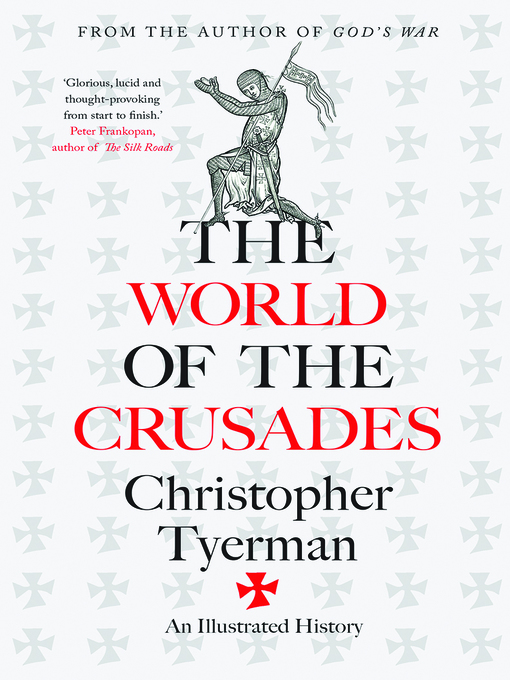A lively reimagining of how the distant medieval world of war functioned, drawing on the objects used and made by crusaders
Throughout the Middle Ages crusading was justified by religious ideology, but the resulting military campaigns were fueled by concrete objectives: land, resources, power, reputation. Crusaders amassed possessions of all sorts, from castles to reliquaries. Campaigns required material funds and equipment, while conquests produced bureaucracies, taxation, economic exploitation, and commercial regulation. Wealth sustained the Crusades while material objects, from weaponry and military technology to carpentry and shipping, conditioned them.
This lavishly illustrated volume considers the material trappings of crusading wars and the objects that memorialized them, in architecture, sculpture, jewelry, painting, and manuscripts. Christopher Tyerman's incorporation of the physical and visual remains of crusading enriches our understanding of how the crusaders themselves articulated their mission, how they viewed their place in the world, and how they related to the cultures they derived from and preyed upon.


